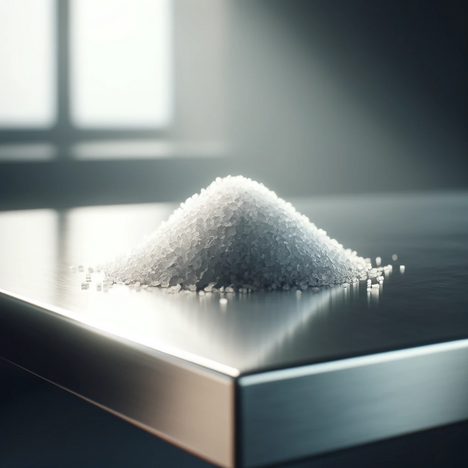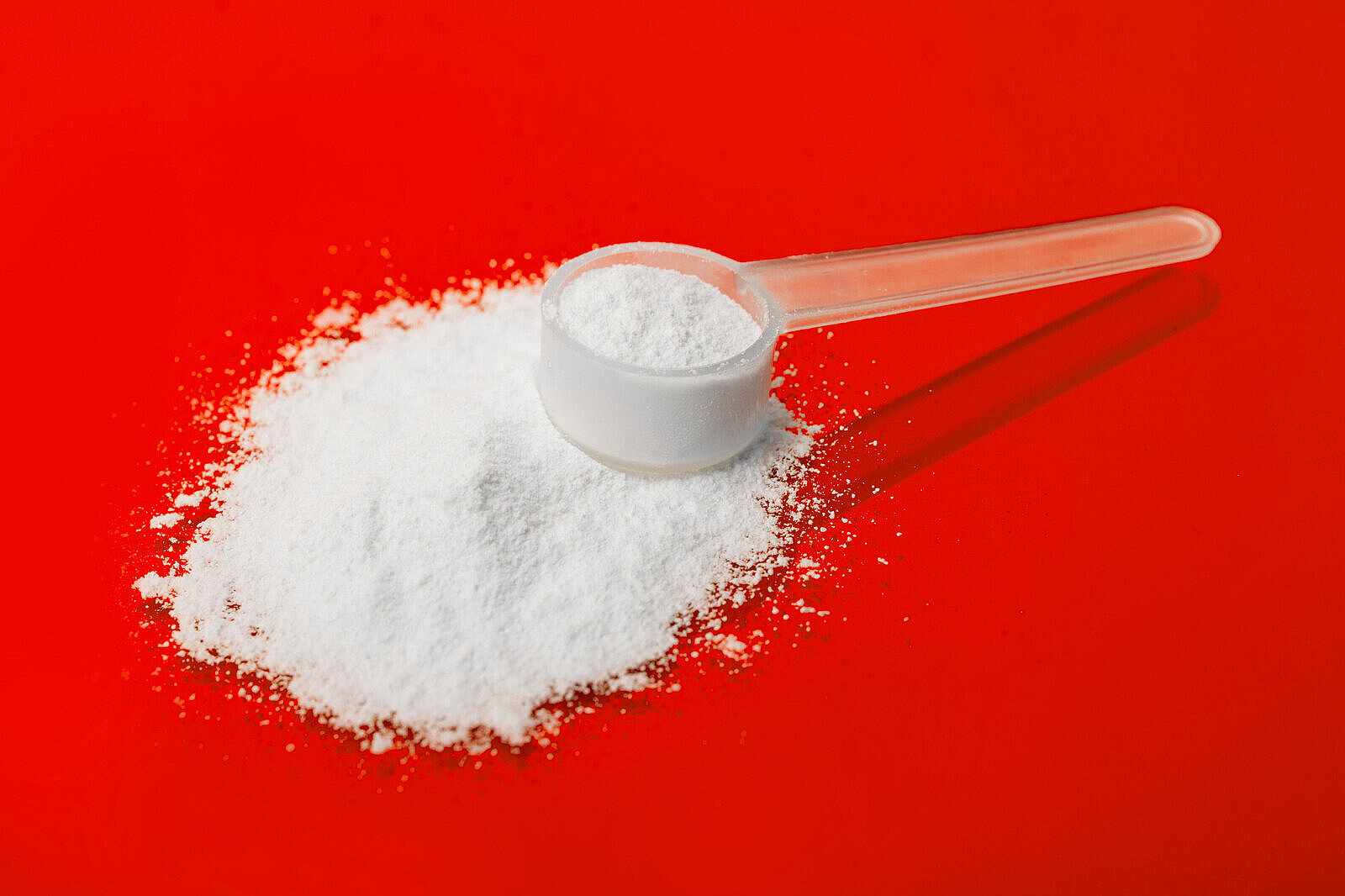Copper(II) chloride

Copper(II) chloride, also known as copper dichloride with the chemical formula CuCl2, is a chemical compound used in various industrial processes and applications. This salt is known for its blue-green color and its ability to absorb moisture from the surrounding air. But while copper(II) chloride has many applications in chemistry and industry, what role does it play in the health and safety of our dogs? In this article, we explore the properties of copper(II) chloride and highlight both the potential benefits and risks it may pose to dogs.
What is copper(II) chloride?
Copper(II) chloride is an inorganic salt that exists in two hydrate forms: the anhydrous CuCl2 and the dihydrated CuCl2-2H2O. It is soluble in water, methanol, ethanol and other solvents, which makes it a versatile reagent in chemistry. In industry, it is used in metallurgy, in the production of pigments and in textile processing, among other things.
Advantages of copper(II) chloride: a question of dosage
Micronutrient copper
In very small amounts, copper is a vital micronutrient for dogs (as well as humans), essential for red blood cell formation, bone strength and neurotransmitter function. Copper is included in many commercial dog foods to ensure that dogs receive this necessary component in their diet.
Disadvantages and risks: The downside of copper(II) chloride
Toxicity in case of overdose
Despite the necessity of copper in the diet, an overdose of copper, especially in the form of copper(II) chloride, can be toxic to dogs. Copper(II) chloride is potentially dangerous if ingested in large quantities due to its high solubility and bioavailable form. Copper poisoning can lead to liver damage, vomiting, diarrhea and, in severe cases, death.
Environmental exposure
The main danger to dogs is accidental ingestion in environments where copper(II) chloride is used, such as in some industrial waste or improper storage of chemicals. Dog owners should take care to keep their pets away from such areas.
Precautions and safety measures
- Monitor copper intake: Keep an eye on the amount of copper in your dog's diet to avoid overdosing.
- Avoid contamination: Keep your dog away from areas where copper(II) chloride is used or stored.
- Know the symptoms: Be aware of the signs of copper poisoning and seek veterinary help immediately if you suspect poisoning.
A balancing act for dog health
While copper in the form of copper(II) chloride is widely used in the industrial world, dog owners need to be aware of the potential dangers that exposure to this chemical can pose to their four-legged friends. Copper is an essential trace element, but in the form of copper(II) chloride it can be dangerous, especially in higher doses. It is important to find a balance and ensure that dogs have access to the nutrients they need without the risk of toxic exposure. By taking proactive steps as responsible pet owners, we can help protect the well-being and health of our beloved dogs.
If you notice any signs of hypersensitivity or poisoning in your dog, you should see your vet immediately. We are not a substitute for a vet, but we try to be as accurate as possible. Every dog reacts differently and we recommend you get a second opinion or consult your vet if in doubt.
Stay healthy and take good care of your four-legged friend!😊
Similar to Copper(II) chloride
Iron(III) chloride, also known as ferric chloride, is a chemical compound with the formula FeCl3. It is an inorganic salt that occurs both in anhydrous form and as a hydrate. This substance is...
Zinc chloride is a chemical compound that is formed when zinc reacts with chlorine. It is known for its many uses, from textile and paper production to metallurgical treatment. But in veterinary...
Your dog needs a sufficient amount of magnesium every day to stay healthy and productive. The recommended daily dose is around 10 to 12 milligrams per kilogram of body weight. Magnesium can be...
Calcium chloride is a salt that consists of two parts chlorine and one part calcium. It is a white, crystalline powder that dissolves easily in water. Calcium chloride has various properties that...



